Ruc People
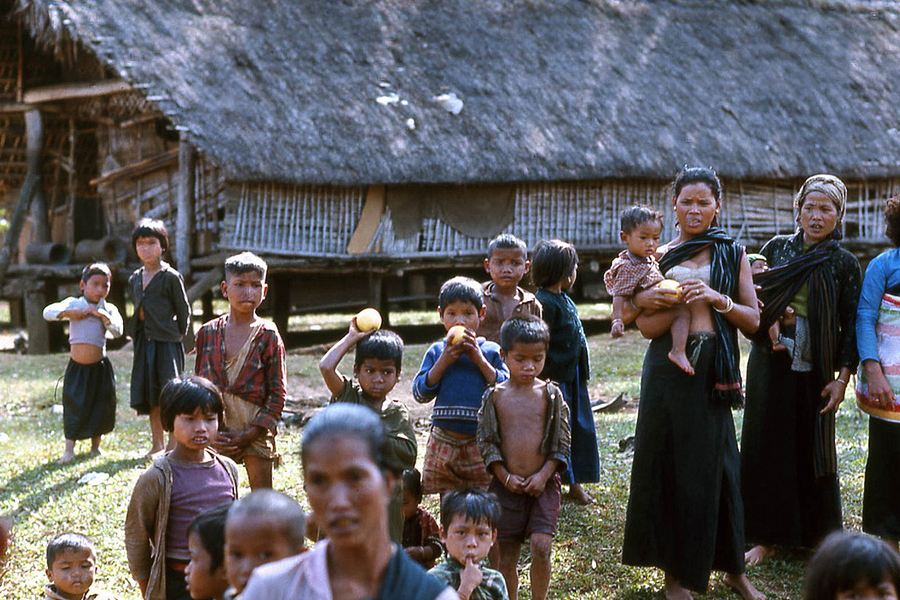
Location: North Vietnam
Contact: Minimal, The Vietnam War
Lifestyle: Cave Witches
Reason for Fear: Forced resettlement and cultural disruption.
During the Vietnam War, soldiers encountered the Ruc tribe in the wilds of North Vietnam. Even though the local government has attempted to integrate them into contemporary society, the Ruc people have maintained their traditional way of life. They prefer to live in caverns rather than modern dwellings and continue to practice witchcraft rituals. In just 50 years, their population has increased from roughly 100 to around 600!
One of the most notable events for this tribe occurred when the first Ruc graduated with a degree in pedagogy from Qung Bình University. However, the government is caught between attempts to 'civilize' the Ruc and the potential for tourism, as well as the preservation of cultural heritage.
Jarawa People

Location: Andaman Islands, India
Contact: Limited Contact, Primarily with Tourists
Lifestyle: Hunter-Gatherers
Reason for Fear: Exploitation and disease from contact with outsiders.
The Jarawa people, who live in the Andaman Islands, have kept their old way of life intact for millennia. Despite their proximity to other indigenous communities, especially the intriguing Sentinelese, the Jarawa are nonetheless isolated, with their language and rituals cloaked in mystery. Recent tourist interactions have had unforeseen repercussions, introducing substances like alcohol and tobacco that have posed significant challenges to their societal fabric.
As a result, the Indian Supreme Court has intervened, enforcing a tourism ban, and plans are being developed to completely cut off the islands' access to the outside world. This underlines the delicate balance of preserving cultural heritage while also appreciating the uniqueness of separate civilizations in an increasingly interconnected world.
Lacandón People
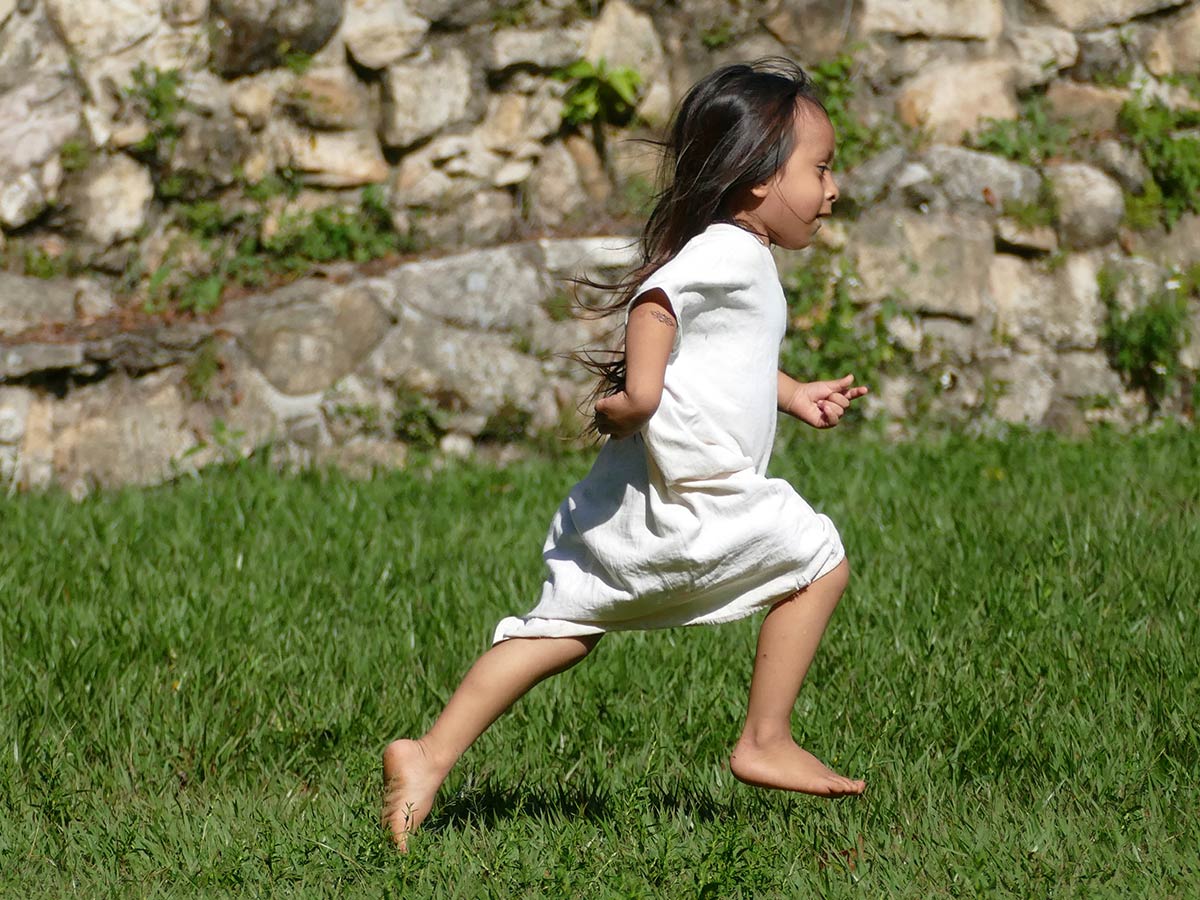
Location: Chiapas, Mexico
Contact: Minimal
Lifestyle: Mayan Conservatism
Reason for Fear: Encroachment and exploitation by modern society.
The Lacandón people live in the deep Lacandón Jungle of Chiapas, Mexico, and are thought to be the last uncontacted population in North America. They sprung from numerous Mayan tribes that escaped Spanish conquistadors, giving rise to a distinct language and culture. Despite their current population of approximately 500, they continue to confront challenges to their way of life, including wars like as the Zapatista uprising in the 1990s.
Although historical research indicates occasional interaction with other Mayan communities, the Lacandón's cultural conservatism has allowed them to maintain their ancient customs while being one of the world's most isolated cultures. This fortitude demonstrates their will to preserve their traditions despite external circumstances.
Tagaeri People
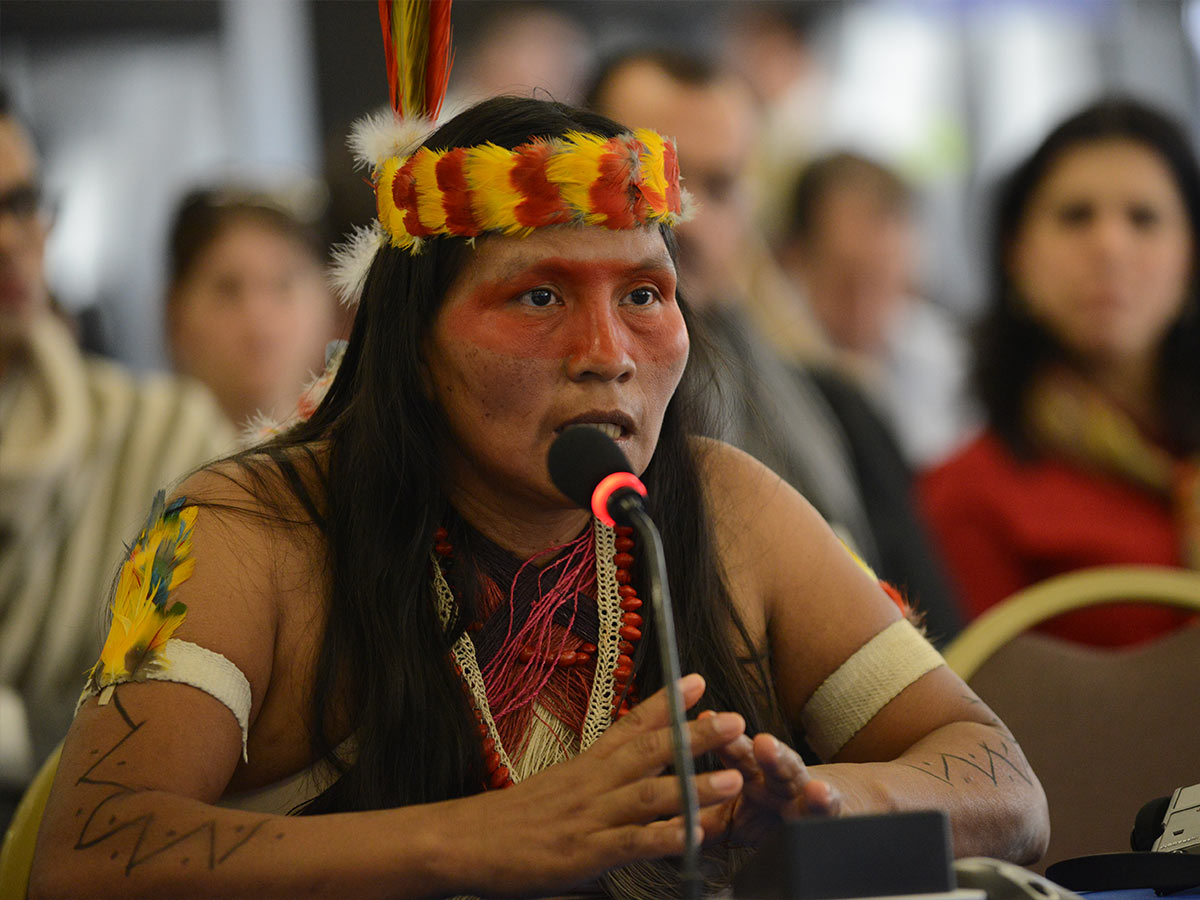
Location: Yasuni National Park, Ecuador
Contact: Minimal
Lifestyle: Traditional and Militaristic
Reason for Fear: Violent confrontations and loss of territory.
The Tagaeri, a Huaraoni indigenous tribe, are jealously safeguarding their sequestered existence deep inside Ecuador's Yasuni National Park. Despite living in a designated "untouchable" zone, the Tagaeri face constant threats from illegal logging and oil drilling. Encounters with outsiders attempting to exploit their land sometimes lead to violent clashes among the Tagaeri people, who utilize lethal force to safeguard their territory.
Furthermore, their way of life is jeopardized by their ongoing conflict with the Taromenani, another uncontacted tribe with whom they are at odds. The precariousness of their existence is underscored by the fact that they confront a dual threat from the modern world that is encroaching on them and from neighboring tribes.
Yanomami People
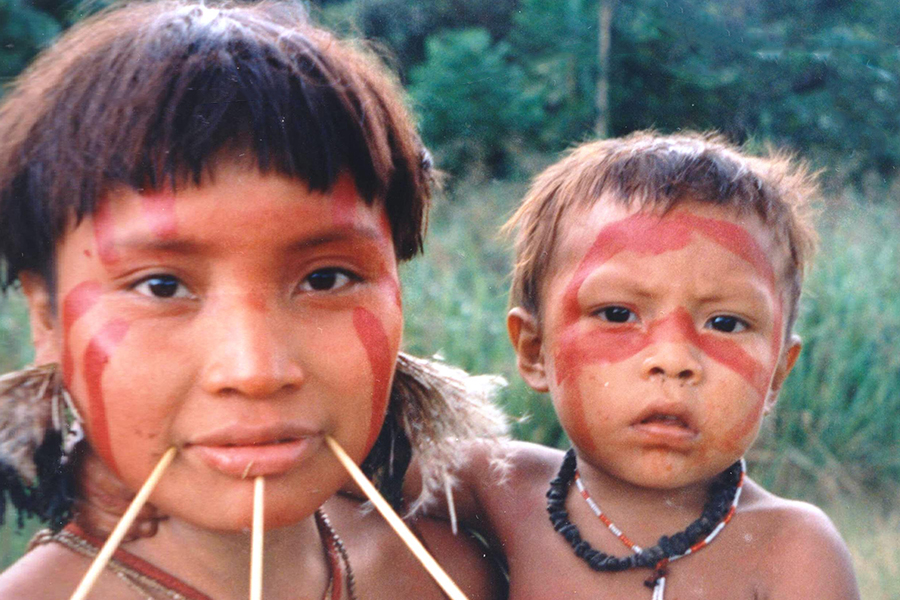
Location: Border between Venezuela and Brazil
Contact: Limited
Lifestyle: Traditional
Reason for Fear: Disease and violence from miners and loggers.
The Yanomami, Venezuela's largest and most isolated tribe, live in the thick forests on both sides of the Venezuela-Brazil border. Unfortunately, their location is in the center of illegal gold mining activity, which leads to frequent and frequently violent conflicts with miners. Earlier anthropological reports created the idea that the Yanomami were always in conflict.
The majority of their disputes, on the other hand, appear to be responses to demands from the outside rather than being elements that are fundamental to their group, according to the most recent research. There are groups within the Yanomami culture that have not been touched, and these societies are constantly endangered by neighboring tribes as well as illegal visitors.
Sentinelese People
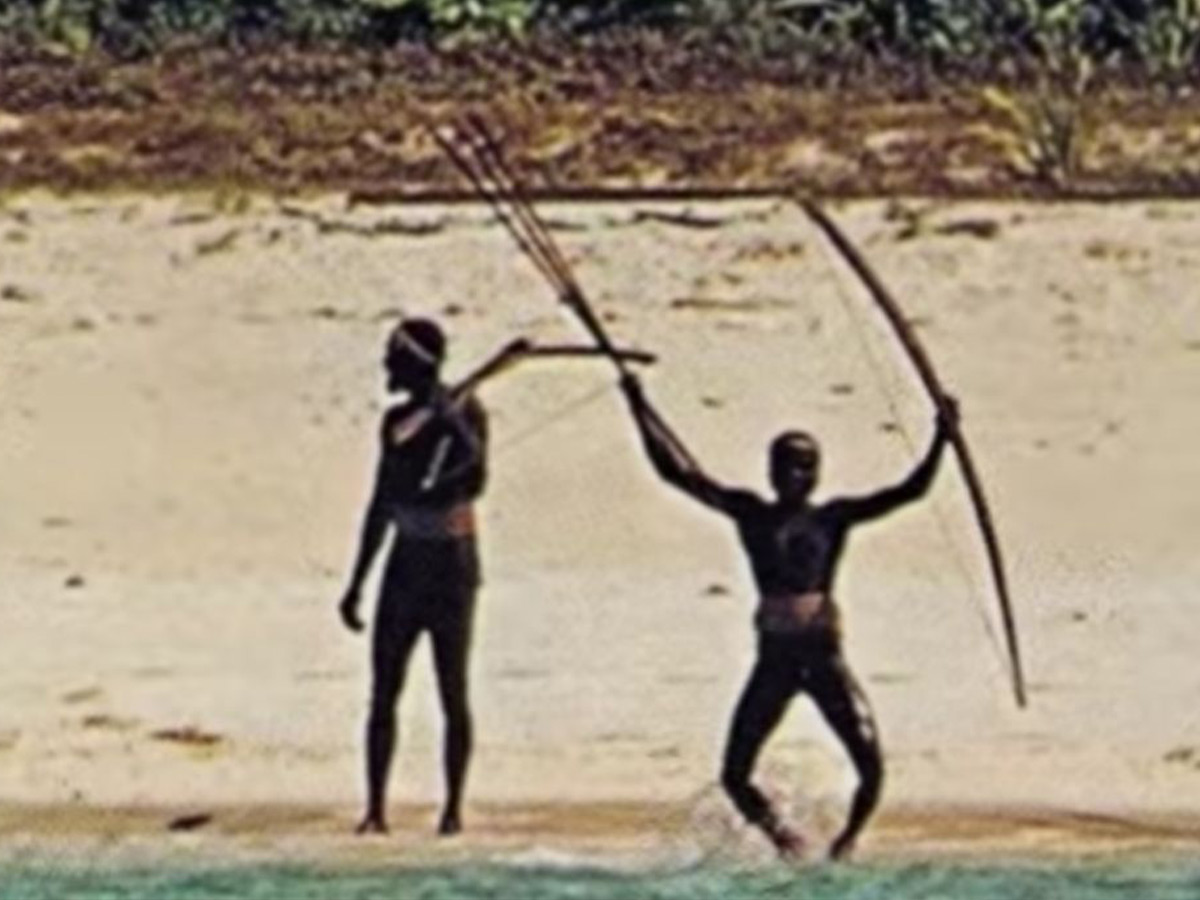
Location: North Sentinel Island, India
Contact: Minimal Contact
Lifestyle: Hunter-Gatherers
Reason for Fear: Historical hostility and fear of outsiders.
There have been numerous attempts to establish touch, including a trip by National Geographic in 1974 and a meeting with a lost fisherman. But, regrettably, all of these efforts have resulted in hostility. The Sentinelese are fiercely protective of their solitude, and they frequently resort to firing arrows to defend themselves. The Sentinelese dwell on North Sentinel Island in the picturesque Bay of Bengal.
Resisting all attempts at contact, their language remains undecipherable, and their way of life, that of hunter-gatherers, is largely unknown. Encounters with outsiders have been met with aggression, with arrows being their preferred means of defense. This staunch isolation has persisted despite modernity encroaching upon their world, making them one of the most enigmatic and isolated civilizations on Earth.
Toromona People

Location: Madidi National Park, Bolivia
Contact: No Confirmed Contact
Lifestyle: Traditional & Voluntary Isolation
Reason for Fear: Encroachment and violence from illegal activities.s
In Bolivia's Madidi National Park, the Toromona people live in intentional seclusion, avoiding interaction with the modern world. This elusive tribe is one of at least five uncontacted communities in Bolivia, with many living in national parks and reserves. The Toromona's vow to isolation is so strong that in 1997, a Norwegian researcher went missing while trying to reach them.
The presence of further uncontacted tribes in the area is commonly believed, however it has yet to be confirmed. The Toromona people, with their isolated way of life and the mystery surrounding it, are a good illustration of how difficult it is to sustain indigenous cultures in an increasingly interconnected world.
West Papua's Uncontacted Peoples

Location: West Papua, Papua New Guinea, and Eastern Indonesian islands
Contact: Occasional, often due to Expeditions
Lifestyle: Traditional
Reason for Fear: Military conflict and exploitation.
West Papua, a culturally diverse area, is reported to include up to 44 uncontacted tribes spread throughout nine provinces and stretching to the eastern Indonesian islands. These tribes retain traditional lives while staying mostly secluded from contemporary culture. A BBC Four program on an American tour operator who led trips to make initial contact with these tribes revealed a problematic part of their life.
Such contacts carry significant hazards, including exposure to illnesses against which these cultures have neither protection or medical treatment. Furthermore, contact may draw attention from the Indonesian government, which is notorious for its dismal human rights record in West Papua, jeopardizing these vulnerable populations.
Carabayo People

Location: Río Puré National Park, Colombia
Contact: Extremely Limited
Lifestyle: Traditional
Reason for Fear: Hostility from settlers and illegal loggers.
The Carabayo tribe of Colombia's Río Puré National Park live in severe seclusion from contemporary culture. Unlike other isolated communities, such as the Nukak-Maku, who were devastated by illness after making contact, the Carabayo have mainly avoided direct connection. It is because of their distant and hidden lifestyle, aerial photography has been used to prove their existence.
Historical interactions with rubber tappers and slavers were violent, instilling a strong fear of foreigners. This past trauma supports their unwillingness to interact, guaranteeing their prolonged isolation and the preservation of their ancient way of life in the face of a rapidly changing contemporary world.
Pacahuaras

Location: Alto Ivón River, Beni Department, and Pando Department, Bolivia
Contact: Limited
Lifestyle: Agriculture, Hunting, Fishing, and Harvesting
Reason for Fear: Fear of disease and cultural extinction.
The Pacahuara people, an indigenous community in Bolivia, live mostly in the Alto Ivón River in the Beni Department and in the Pando Department, near the Brazilian border. Tujuré has a tiny hamlet of four individuals, while an uncontacted group of around 50 people dwells between Rio Negro and Río Pacajuaras. Agriculture, hunting, fishing, and the gathering of fruits, chestnuts, and palm hearts are fundamental to their traditional lifestyle.
The Pacahuara have a strong cultural identity, despite the fact that their population is very small. Some of their relatives have adopted the Pacahuara identity in order to take advantage of Bolivia's plurinational laws — the coexistence of two or more distinct national groups within the nation. The Pacahuara people speak a Panoan language that is indigenous to Bolivia but has not yet been documented in writing form.
Ayoreo
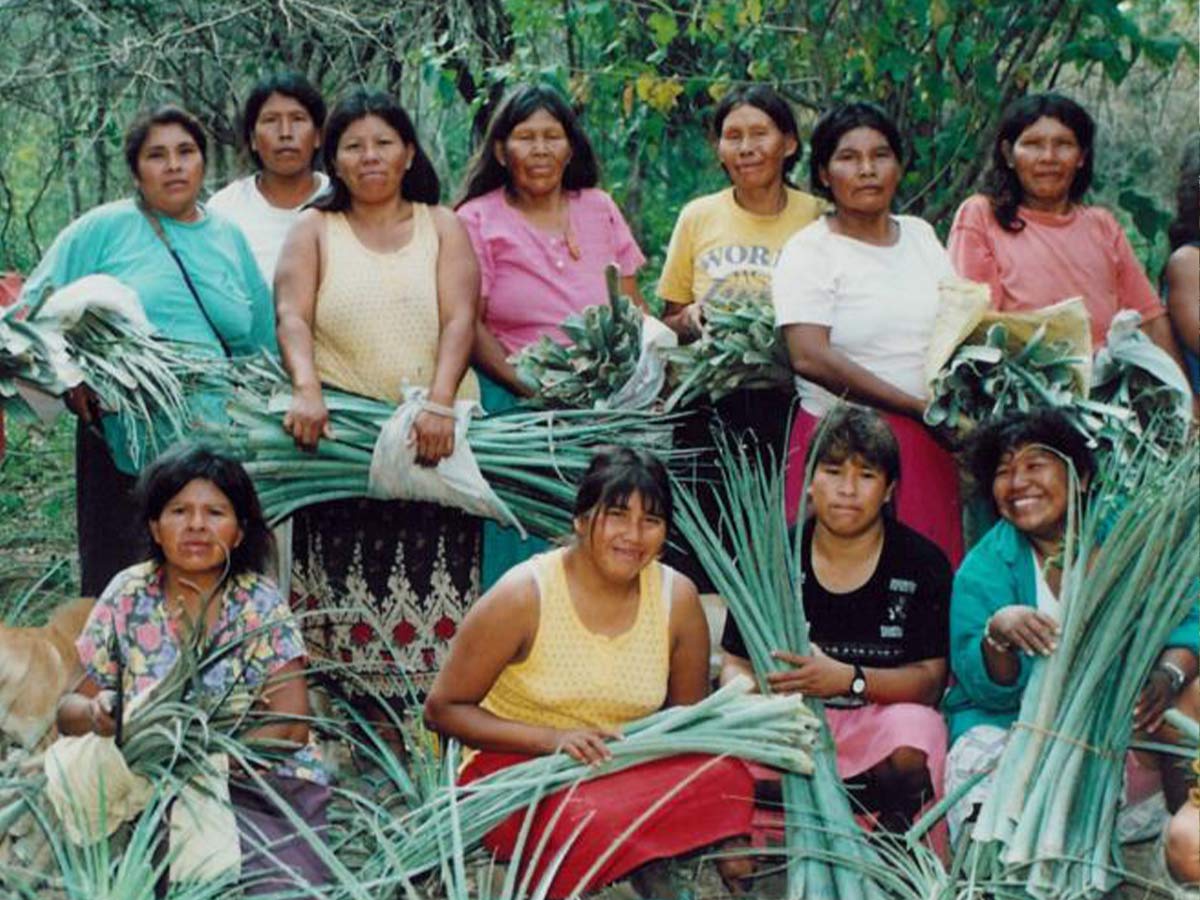
Location: Gran Chaco, Paraguay and Bolivia
Contact: Limited
Lifestyle: Nomadic Hunter-Gatherers
Reason for Fear: Threat from deforestation and land encroachment.
Ayoreo people live in Paraguay and Bolivia's Gran Chaco region, where their population is believed to be at 5,600. Missionaries settled the bulk of these indigenous ethnic group in the twentieth century, despite the fact that they had previously lived as nomadic hunters and gatherers. In addition to its written form, the Ayoreo language includes a published grammar and dictionary.
Throughout human history, contacts with individuals from different cultures have often been violent or aggressive. This was notably true during the Chaco War and the subsequent missionary activity, which brought sicknesses and forced cultural adjustments. The remaining uncontacted Ayoreo face major threats in the current day, including deforestation and land disputes, prompting some of them to seek contact in order to secure their survival. Shamanistic ceremonies and group hunting are two examples of traditional practices that the Ayoreo maintain despite the challenges they confront.
Nomole
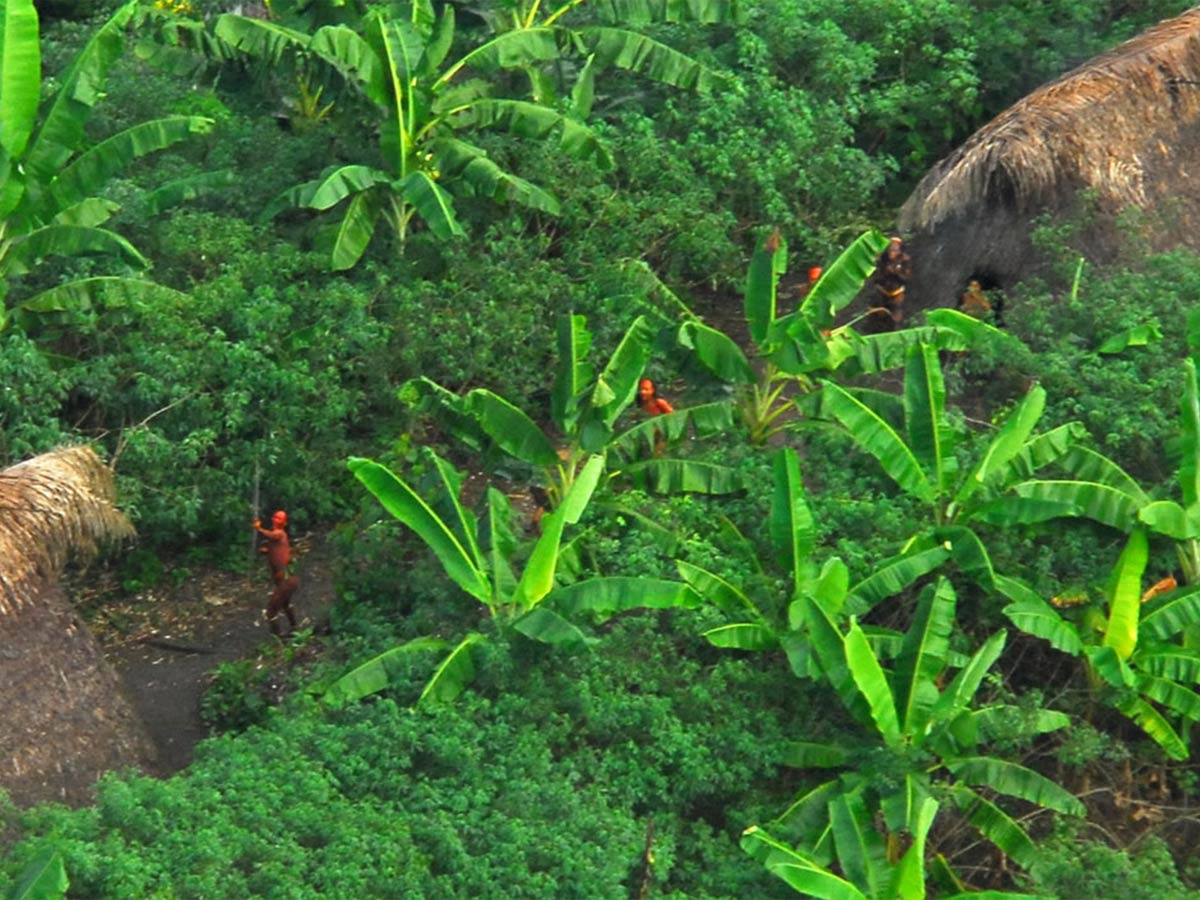
Location: Manú National Park, Madre de Dios Region, Peru
Contact: Historically Limited - Recent Contact
Lifestyle: Nomadic Hunter-Gatherers
Reason for Fear: Violent encounters with loggers and settlers.
The Mashco-Piro, also known as the Cujareño or Nomole, are an indigenous tribe from Peru's isolated Amazon rainforest areas. They are predominantly found in Manú National Park, Madre de Dios Region. Traditionally, they have lived a nomadic hunter-gatherer lifestyle and consciously avoided interaction with non-native peoples. The Mashco-Piro speak a Piro dialect and prefer to identify to themselves as "Nomole."
Their population has varied throughout history as a result of violent interactions with outsiders, such as a unaliving by a private army in 1894 and subsequent slavery. In recent years, there has been a surge in sightings and limited interaction, most likely due to illegal logging and oil drilling in their region. The Peruvian government has imposed a no-contact policy to safeguard the tribe from sickness and other external dangers.
Korowai People
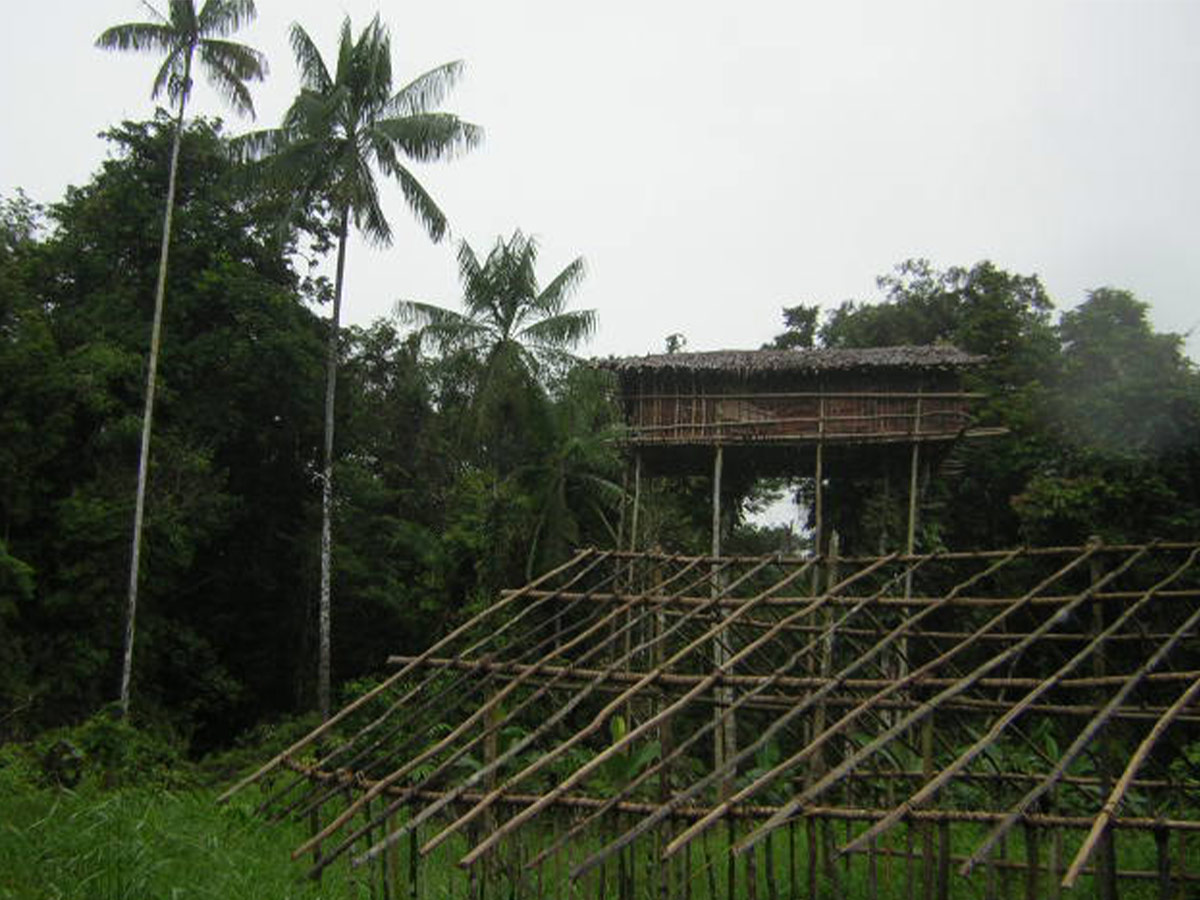
Location: Southeastern Papua, Indonesian provinces of South Papua and Highland Papua
Contact: Limited
Lifestyle: Hunter-Gatherers & Horticulturalists, Treehouses
Reason for Fear: Distrust due to exploitation and forced displacement.
The Korowai people, who number between 4,000 and 4,400 and reside in remote parts of southeastern Papua, South Papua, and Highland Papua, have thrived in isolation. They have been able to preserve their culture and customs. Clans who participate in activities like as hunting, fishing, and shifting agriculture speak Korowai, a language belonging to the Awyu-Dumut family.
Historically, their people have built treehouses high above the forest floor to give themselves protection. Since the 1970s, there have been sporadic interactions with Westerners, driven by religious conversion initiatives and increased tourism. Despite this, the Korowai continue to practice aspects of their traditional way of life, emphasizing their own cultural identity despite the impact of modernity.
Pirahã People
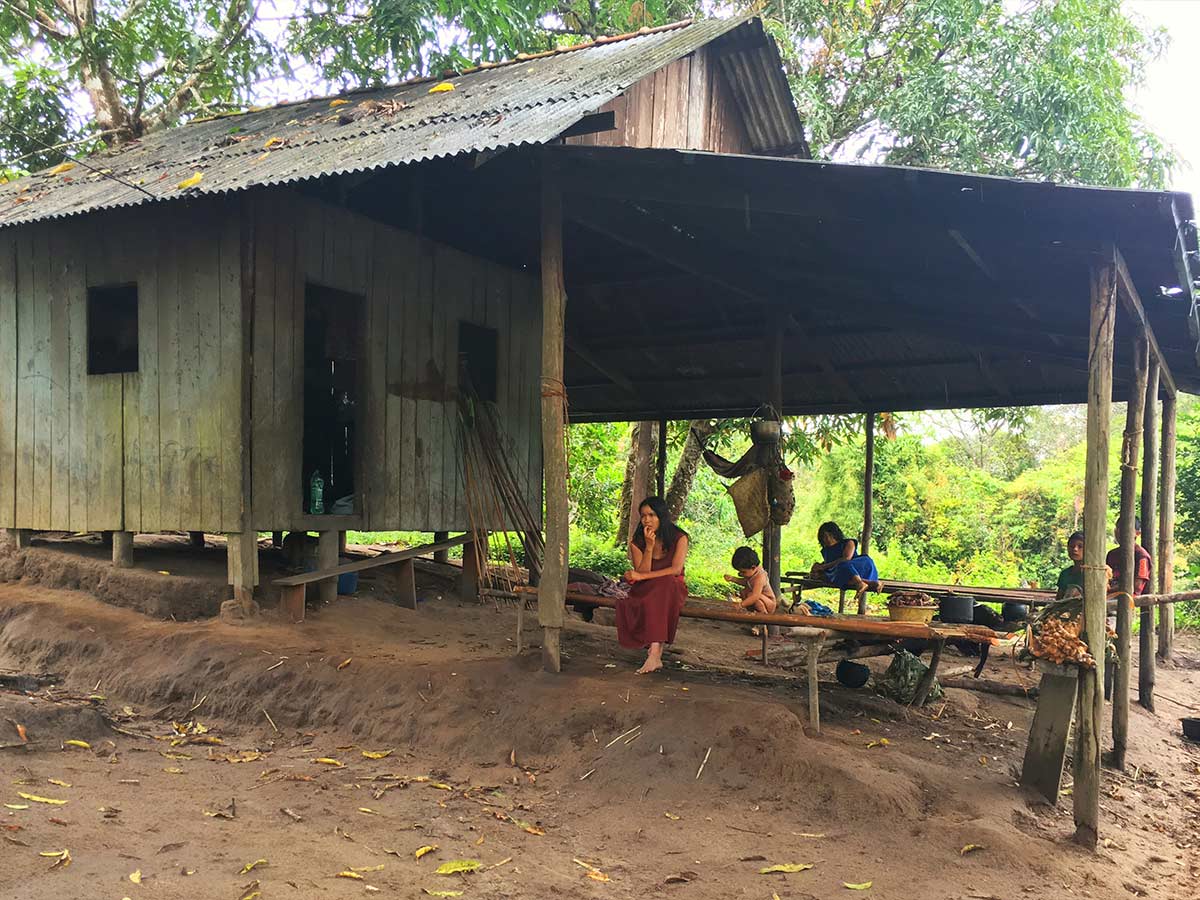
Location: Amazon Rainforest, Brazil, Along the Maici River in Humaitá and Manicoré, Amazonas
Contact: Limited
Lifestyle: Hunter-Gatherers, Jungle Survivalists
Reason for Fear: Desire to preserve their unique linguistic and cultural identity.
The Pirahã, ancestors of the Mura people, live near the Maici River in the Amazon Rainforest. With a population of roughly 800, they maintain their native Pirahã language with distinctive characteristics. Renowned as skilled hunters and gatherers, their cultural emphasis is on present experiences rather than historical tales. Their social system lacks hierarchy, stressing autonomy over force. Pirahã workmanship is rudimentary, using homemade tools and impermanent dwellings.
They exchange items for necessities, living a self-sufficient existence with little possessions and clothing. Their spiritual ideas are based on palpable spirits, with distrust towards external religious conceptions. Despite limited contact with the outside world, recent initiatives have introduce modern amenities while preserving their linguistic and cultural heritage.
Matsés
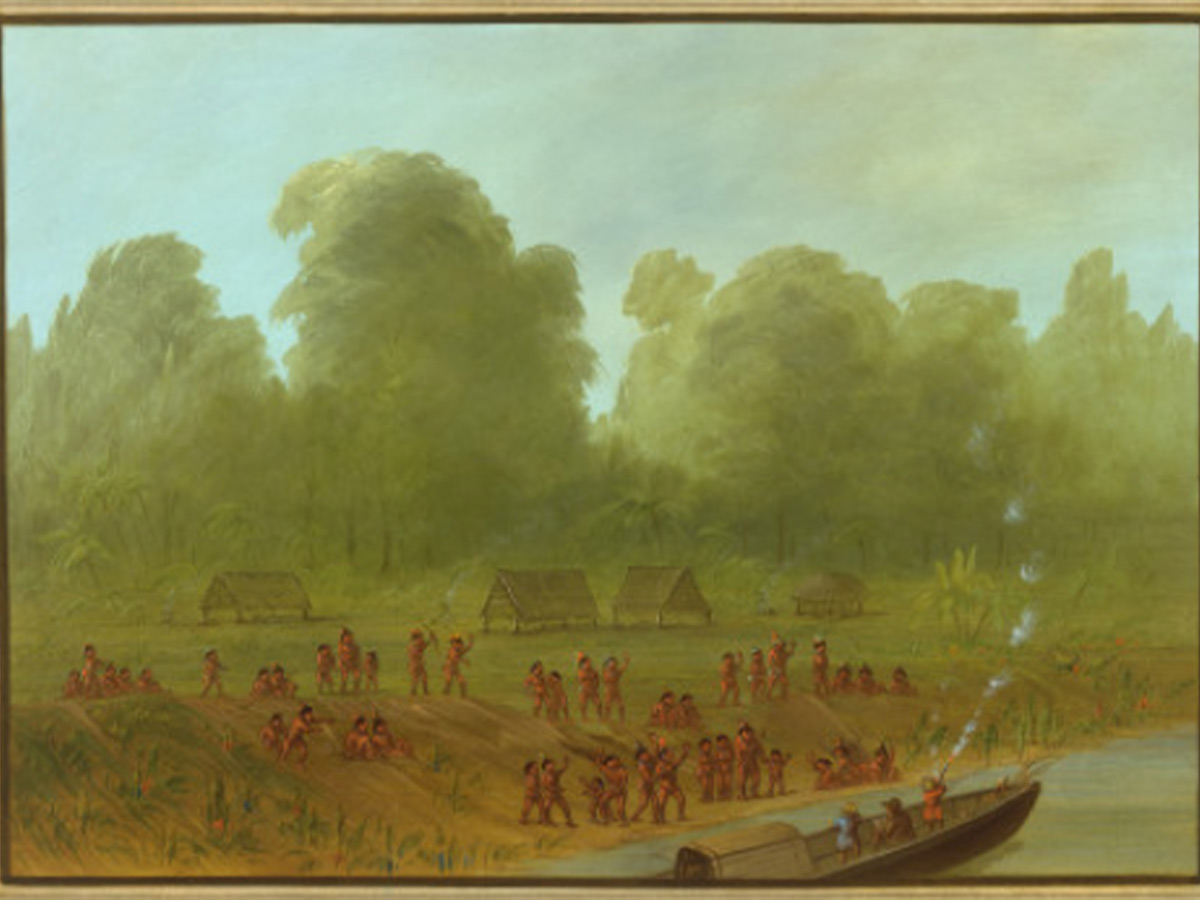
Location: Between the Javari & Galvez rivers, on the borders of Peru & Brazil
Contact: Major, struggling to maintain land rights
Lifestyle: Settled Hunter-Ggatherers
Reason for Fear: Historical violence and exploitation by rubber tappers.
The Matsés, also known as Mayoruna, live in the beautiful Amazon Rainforest near the Javari and Galvez rivers, which border Peru and Brazil. They number roughly 3,200 people and speak Matsés, which is an important part of their cultural identity. Despite settling in permanent forest towns, they maintain their original hunter-gatherer lifestyle, dependent on forest resources for livelihood.
However, their lands are under threat from illicit logging and poaching, jeopardizing their way of existence. Their predicament is further complicated by issues of political organization and corruption. Efforts by groups such as Acaté Amazon Conservation seek to maintain their culture, traditional knowledge, and natural equilibrium in the face of these threats.
Awá
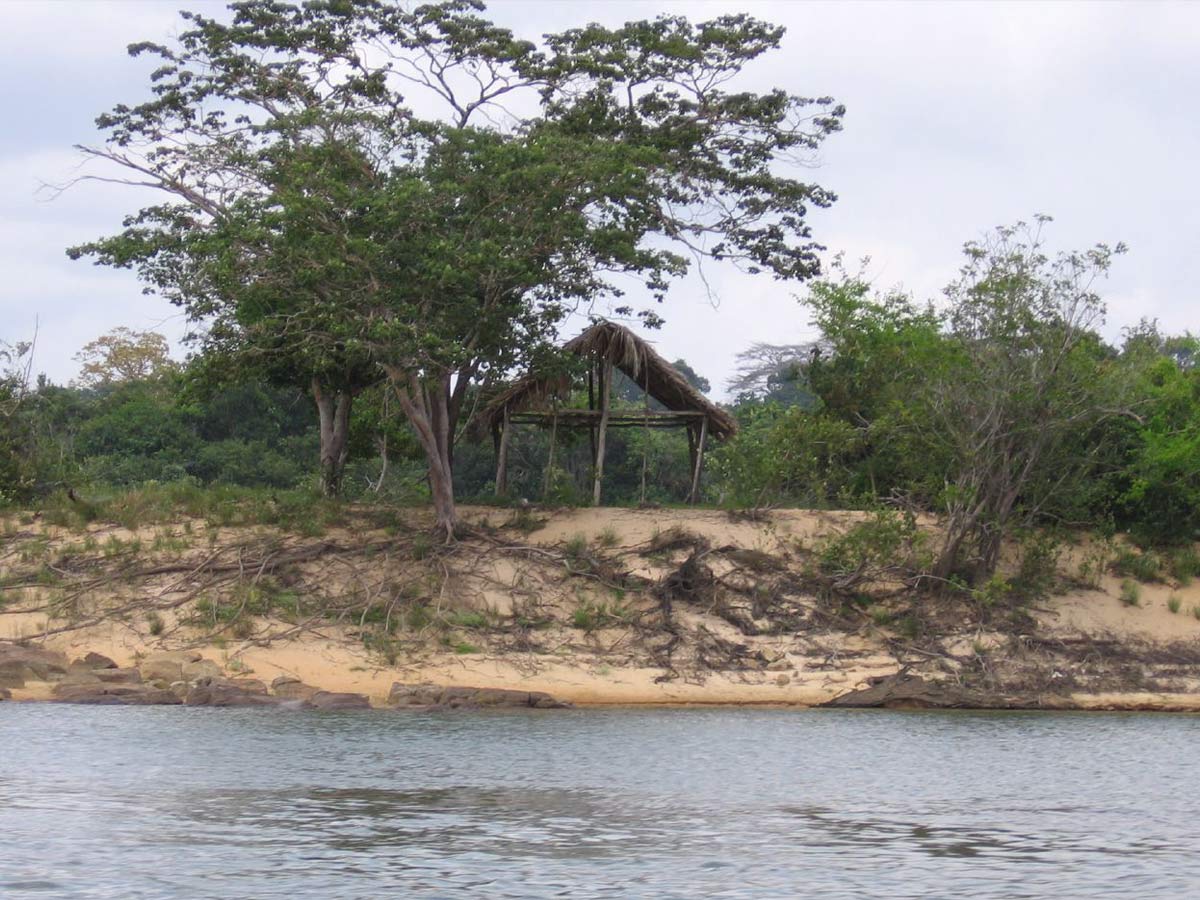
Location: Amazon rainforest in Brazil
Contact: Major, struggling to maintain land rights
Lifestyle: Settlement & Nomadic
Reason for Fear: Massacres by loggers and land conflicts.
The Awá are a Brazilian indigenous tribe that live deep in the Amazon jungle. With a population of roughly 350 people, including 100 who have no outside contact, they are in grave danger. Historically, they adopted a nomadic lifestyle to avoid European invasion and deforestation. Despite pledges of protection, their region is under attack by illegal loggers and squatters.
In a terrible turn of events, violent acts such as the burning of a young Awá girl in 2011 highlight the serious threats that they now confront. International groups such as Survival International are leading efforts to safeguard the Awá against future deforestation and invasion threats. These programs aim to raise awareness and conserve the Awá.
Korubo

Location: Lower Vale do Javari, Western Amazon Basin, Brazil.
Contact: Intermittent
Lifestyle: Hunting-Gathering, Communal Forest Living
Reason for Fear: Fatal conflicts with settlers and disease threats.
The Korubo, also known as the Dslala, live in the isolated and thick jungles of the Lower Vale do Javari in western Amazonia, Brazil. Their life is often defined by sporadic and frequently hostile encounters with the outside world, particularly with frequent settlers and loggers who encroach on their territory.
FUNAI, Brazil's Indigenous Affairs department, has worked to develop peaceful contact with the tribe, combining assistance for their well-being with attempts to maintain their seclusion and traditional lifestyle. Despite challenges from malaria and external wars, the Korubo preserve their own cultural traditions, which depend on hunting, gathering, and communal living in their forest habitat.
Huaorani People
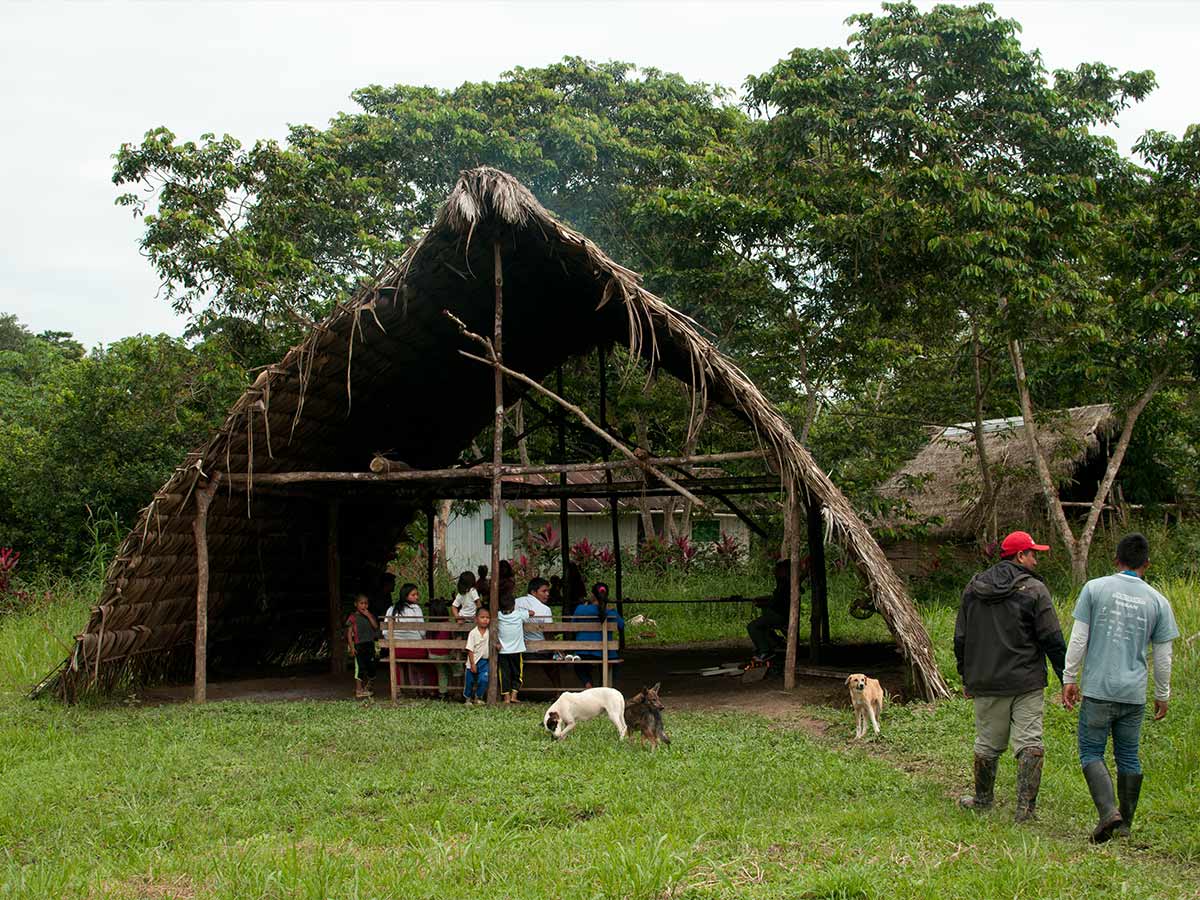
Location: Amazonian Region of Ecuador (Napo, Orellana, and Pastaza Provinces)
Contact: Threatened by Oil & Logging
Lifestyle: Hunting-Gathering, Forest Settlements
Reason for Fear: Encroachment by oil companies and loss of land.
The Huaorani, sometimes known as Waorani, are a separate indigenous people in Ecuador that live on ancestral territories between the Curaray and Napo rivers. Their traditional way of life is under threat due to expanding oil drilling and forestry activity. While some have welcomed established communities, others are adamant about their seclusion.
Despite external pressures, their rich culture survives, anchored on animist ideas and a strong connection to the forest. Hunting, an important part of their lives, is ritualized and guided by spiritual beliefs. Their extensive understanding of the forest's flora and animals demonstrates their close interaction with the ecosystem.
Akuntsu
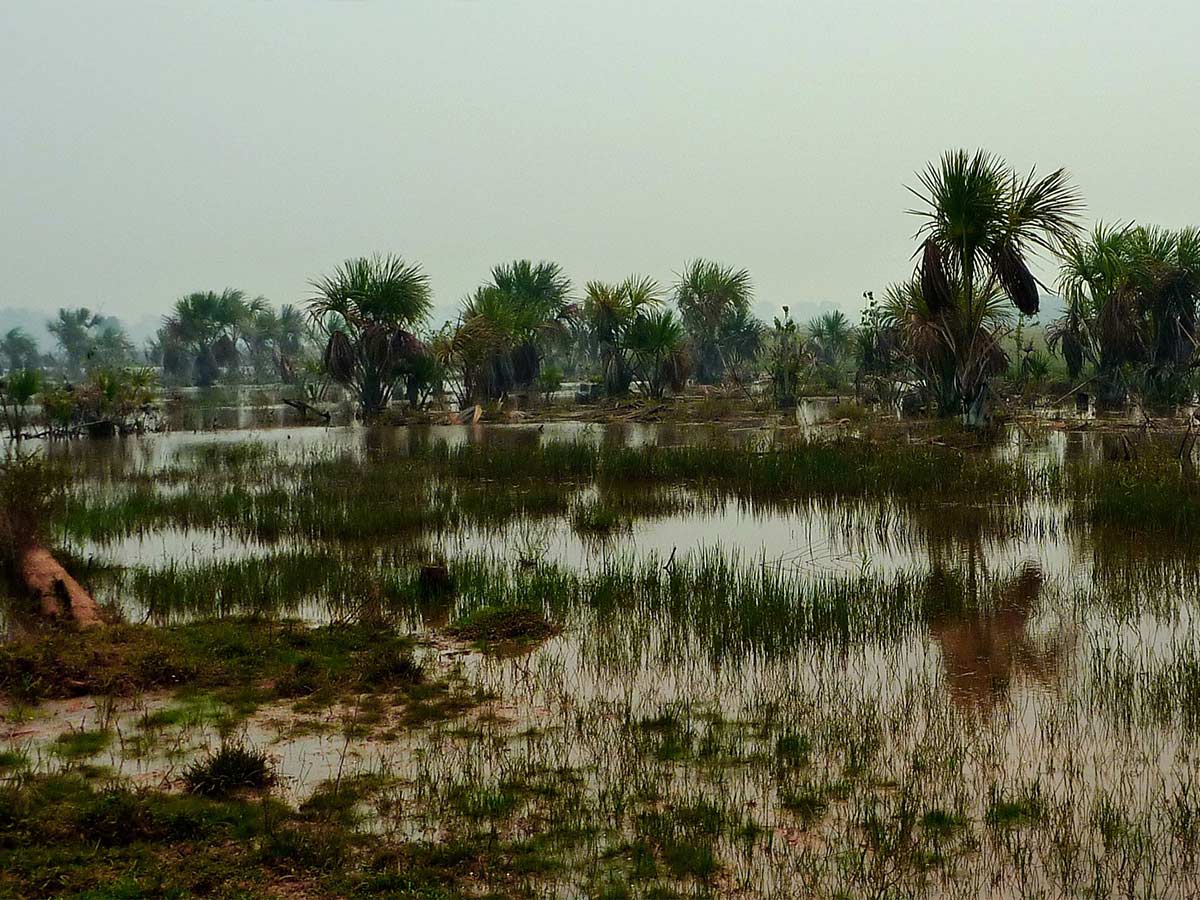
Location: Rio Omerê Indigenous Territory, Rondônia, Brazil
Contact: Major, Now Minimal
Lifestyle: Hunter-Gatherers & Agriculture
Reason for Fear: Genocide attempts by cattle ranchers.
The Akuntsu, an indigenous tribe of Rondônia, Brazil, have had a dismal history marked by violence and exploitation. Their traditional territories in the Rio Omerê Indigenous Territory have been threatened by outside forces, resulting in a catastrophic mass unaliving in the 1980s that annihilated the community. Despite FUNAI's attempts to safeguard their area, threats from loggers and ranchers continue.
Following minimal interaction with the outside world in 1995, the tribe had just 7 members, with successive fatalities decreasing the population to only 3. The loss of their language and culture looms large, raising fears about genocide and emphasizing the critical need for protection and preservation measures.
Brazil's Uncontacted Tribes
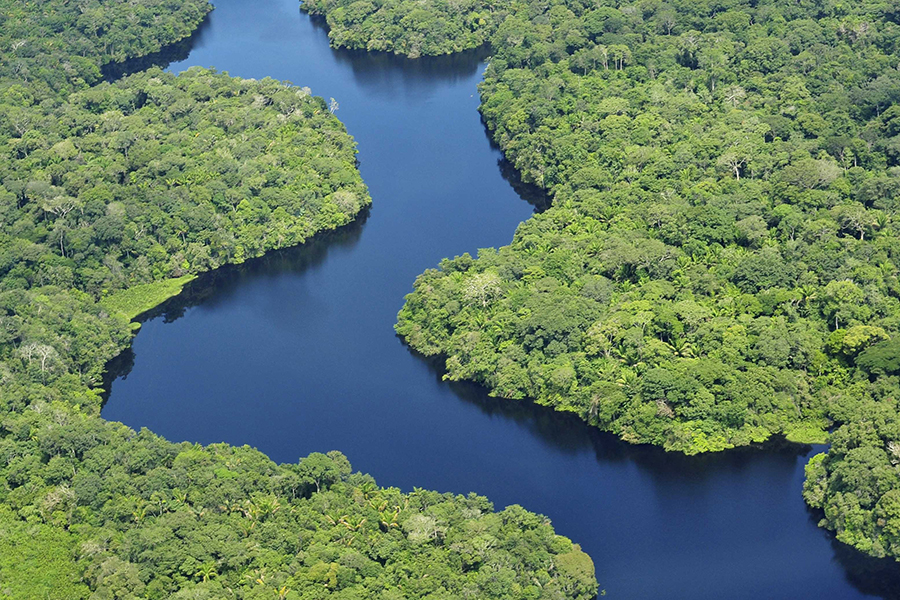
Location: Mostly within the Amazon Rainforest, Brazil
Contact: Minimal
Lifestyle: Traditional
Reason for Fear: Disease, violence, and deforestation by outsiders.
Brazil is home to an estimated 77 uncontacted tribes, largely located in the immense Amazon Rainforest. The Brazilian government, via the agency FUNAI, is committed to conserving these indigenous communities and their heritage. Despite their remoteness, these tribes are aware of the contemporary world. This tribe has been seen emerging from the woods in Acre, Brazil seeking safety from loggers and drug traffickers who endangered their survival.
An significant point is brought to light by this incident, which is that uncontacted civilizations often choose to isolate themselves as a kind of self-preservation. However, the authorities are being forced to reconsider the ethics of the no-contact policy that was supposed to protect these vulnerable people because of the increasing invasion by poachers and loggers.
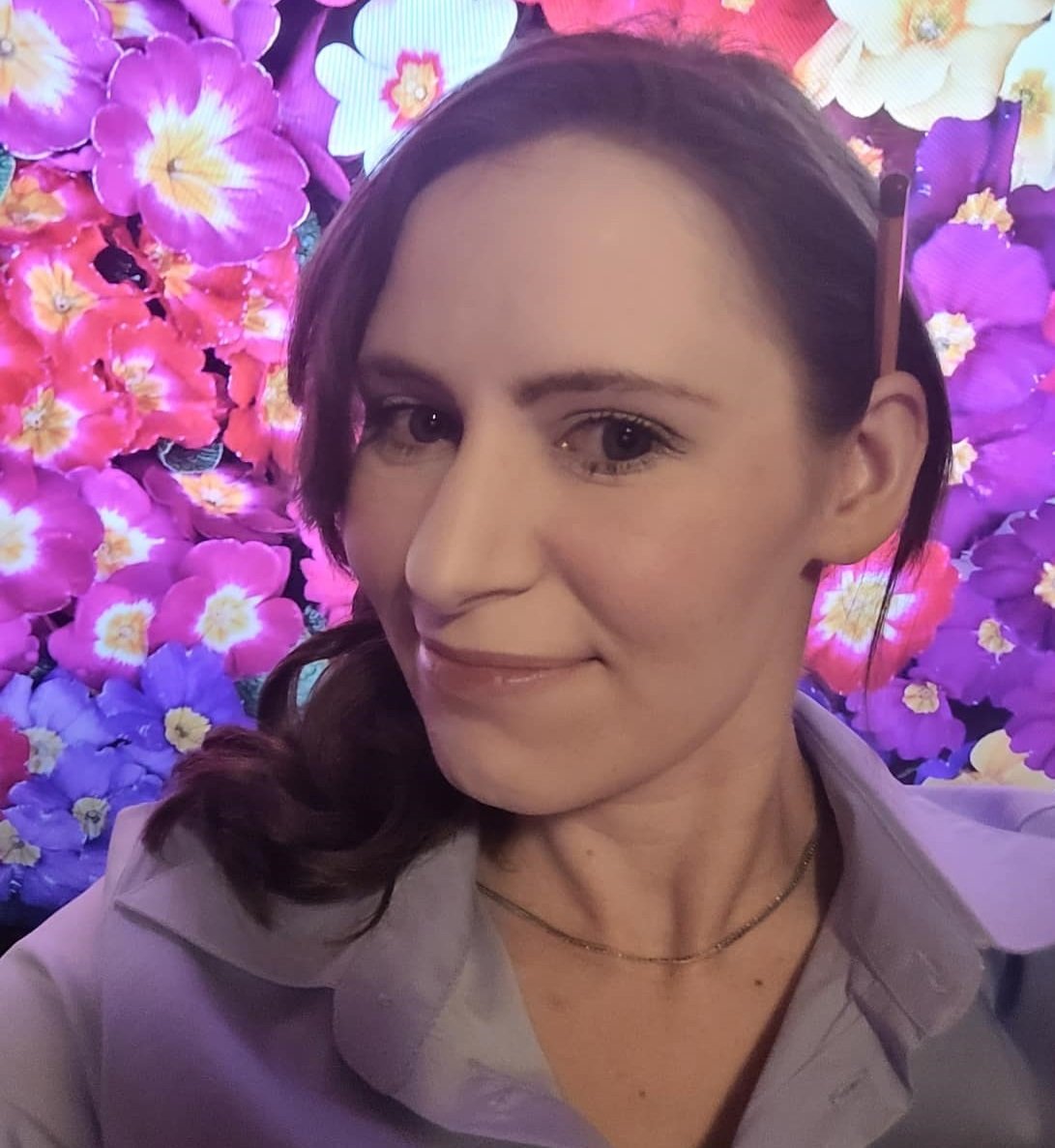 Author
Jennifer Freehill
Last Updated: October 15, 2025
Author
Jennifer Freehill
Last Updated: October 15, 2025